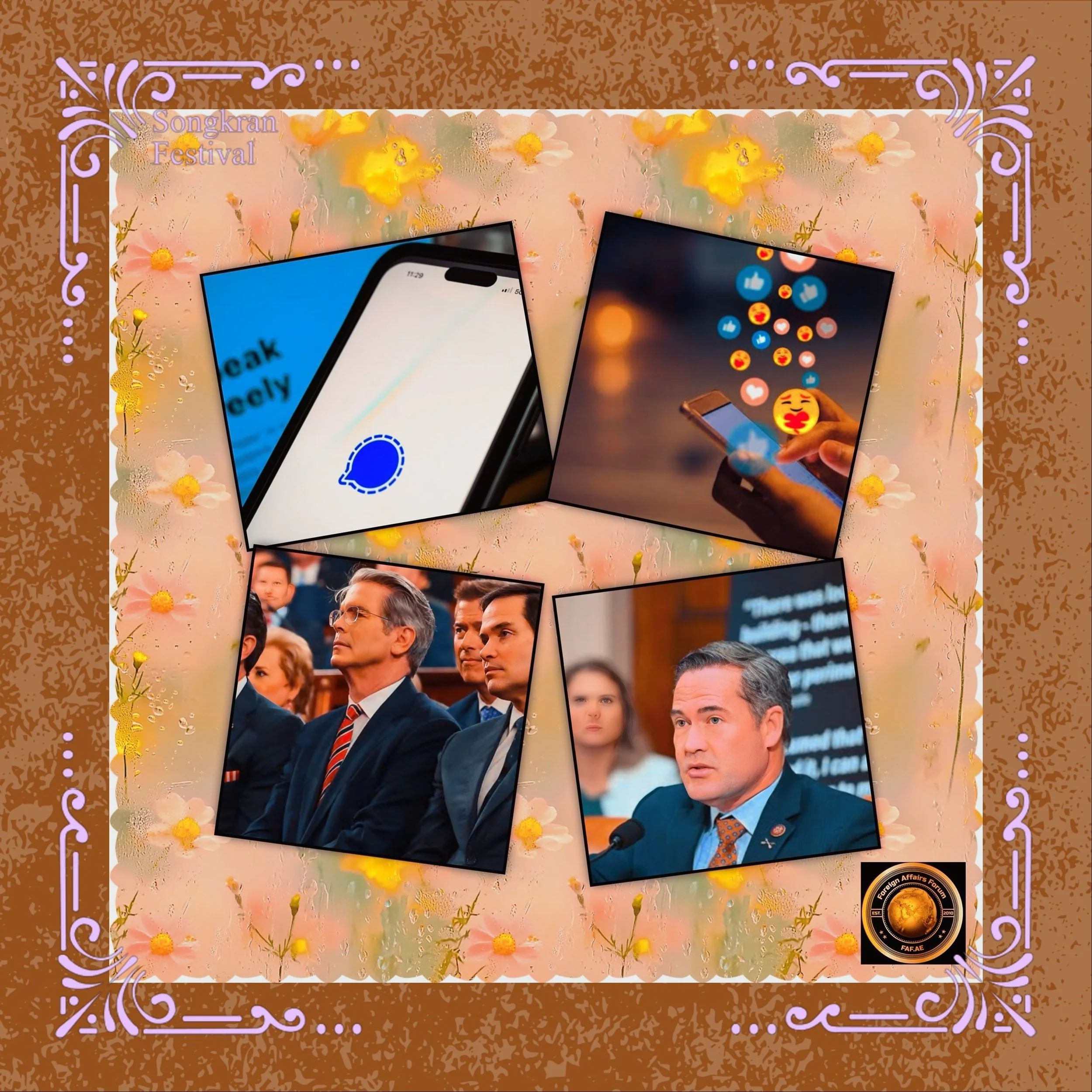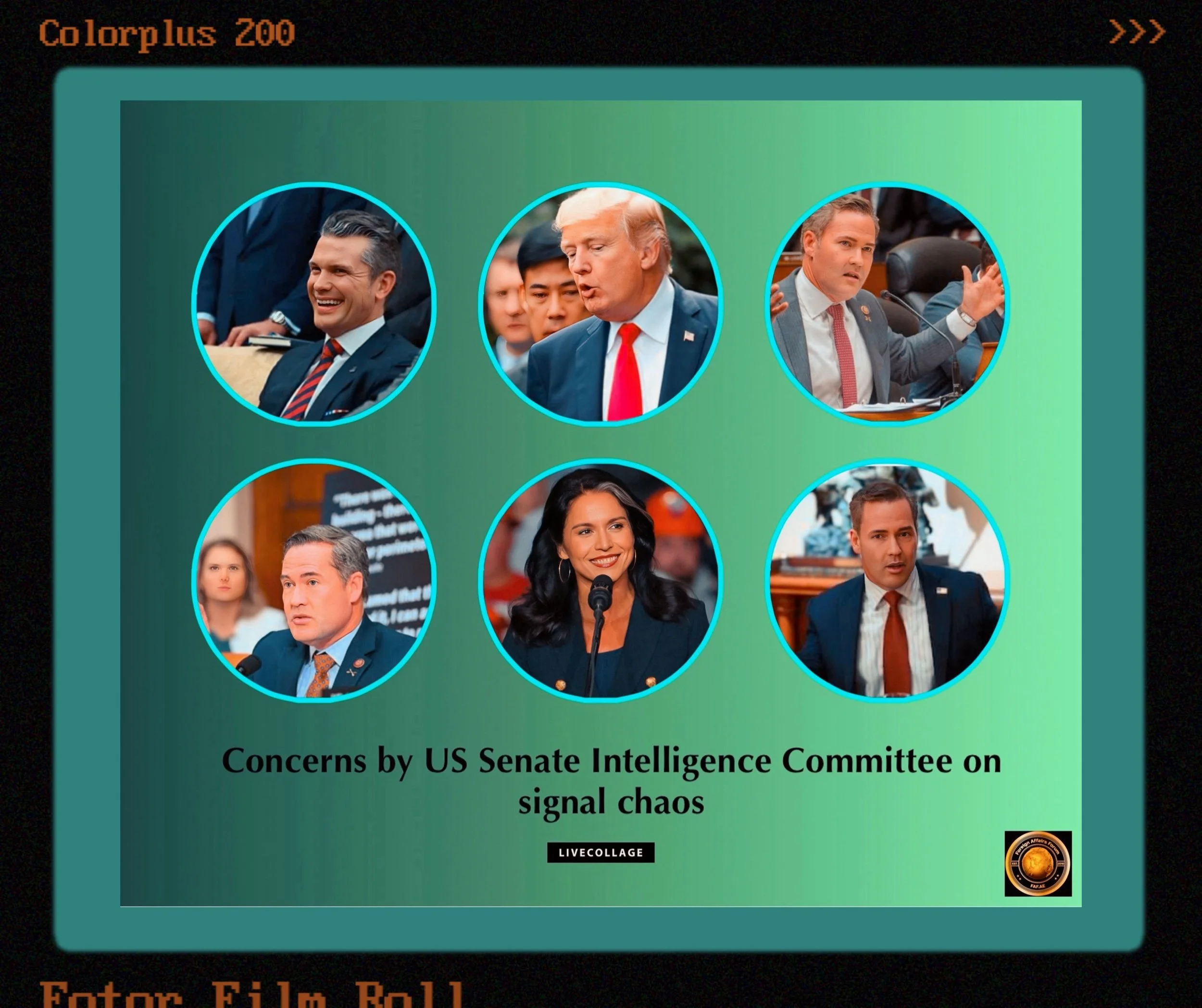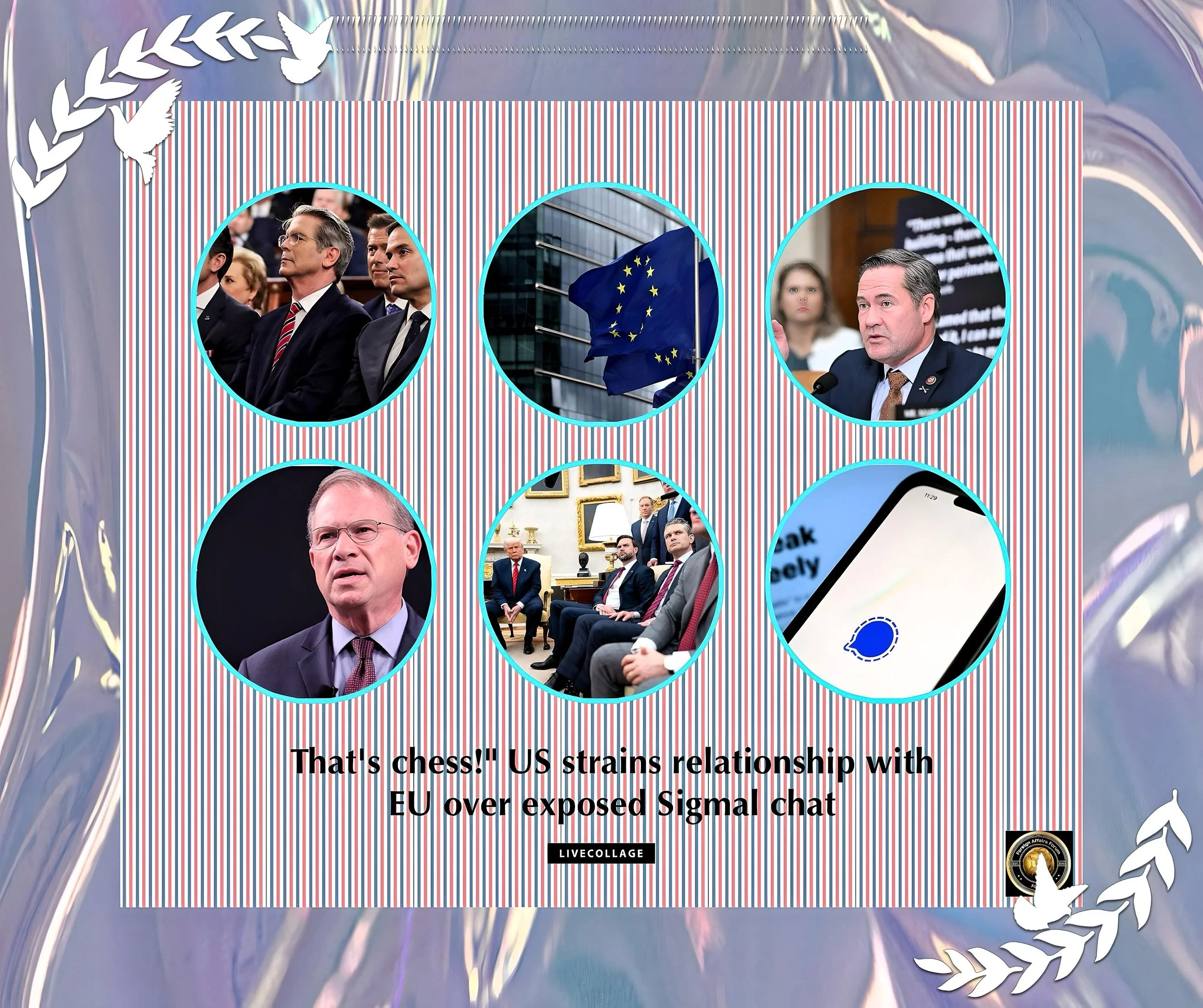Post-Signal US Breach Reforms: Strengthening National Security Communication Protocols
Introduction
The March 2025 Signal chat scandal, in which senior Trump administration officials inadvertently shared military strike plans with The Atlantic editor Jeffrey Goldberg, prompted sweeping reforms to U.S. national security communication protocols.
Below is our analysis of the technical, legal, and procedural measures implemented to prevent similar breaches.
Policy and Regulatory Measures
Ban on Unauthorized Messaging Apps
The Department of Defense (DoD) reinforced its 2023 directive prohibiting “unmanaged” apps like Signal, WhatsApp, and iMessage for official communications. Key updates include:
Expanded Prohibitions
The signal was explicitly barred from all non-public DoD information, even unclassified discussions.
A Pentagon-wide advisory on March 18, 2025, warned that Russian hacking groups exploited Signal’s “linked devices” feature to monitor encrypted chats.
SCIF Mandate
All military operations discussions must occur in Sensitive Compartmented Information Facilities (SCIFs) or via secure video teleconferencing systems.
Federal Records Act Compliance
To address archival failures
Automatic Forwarding
According to Jason R. Baron, former National Archives litigation director, officials must now forward messages from personal devices to government email accounts within 24 hours.
Disabling Disappearing Messages
The signal’s auto-delete function was prohibited. The NSC now requires screenshots of sensitive chats to be saved to secure servers.
Technological Upgrades
Adoption of GovMessage
The Pentagon accelerated the deployment of GovMessage, a DoD-developed encrypted platform with:
End-to-End Encryption (E2EE)
Leveraging Signal Protocol’s cryptographic standards.
Compliance Features
Automatic logging, biometric authentication, and role-based permissions.
Device Management
Restricted to government-issued hardware with hardened security configurations.
Enhanced Cybersecurity Protocols
Phishing Mitigation
Signal implemented in-app alerts for suspicious activity after Russian-linked phishing attempts were detected.
Metadata Reduction
Following Signal’s “sealed sender” model, GovMessage encrypts sender IDs to limit exposure.
Operational and Training Revisions
Mandatory Security Training
Updated Modules
The DoD rolled out training emphasizing secure channels (SIPRNet/JWICS) over consumer apps. Scenarios now include “slippage” penalties for insecure communications.
Polygraph Expansion
Defense Secretary Pete Hegseth’s office expanded polygraph use to detect leaks, targeting personnel with access to operational plans.
Access Control Overhauls
Biometric Authentication
Required to join sensitive chat groups and address Goldberg’s accidental inclusion.
Participant Vetting
Modeled after the UK’s National Crime Agency protocols, including enhanced background checks and continuous monitoring.
Legal and Accountability Measures
Espionage Act Enforcement
The Justice Department initiated reviews under 18 U.S.C. § 793 to determine if classified data was transmitted. Legal experts noted that:
Federal Records Act Violations
Officials who used Signal’s disappearing messages could face administrative penalties.
Personnel Consequences
Senator Jack Reed (D-RI) warned that military personnel committing similar breaches would face court-martial.
Congressional Oversight
Audit Requirements
The Senate Intelligence Committee mandated quarterly audits of officials’ communications, with Tulsi Gabbard and John Ratcliffe complying under threat of subpoena.
Bipartisan Investigations
Senator Chuck Schumer (D-NY) secured GOP support for a joint task force to review NSC communication practices.
Cultural Shifts in Security Practices
Convenience vs. Compliance
The NSC issued directives prioritizing security over expediency:
Travel Protocols
Officials abroad must use portable SCIFs or encrypted satellite links instead of Signal.
Device Restrictions
Personal phones were banned from secure meetings, and jammers were deployed in NSC spaces.
Leak Deterrence
Insider Threat Programs: Expanded monitoring of personnel with access to classified data, inspired by ICE’s anti-leak initiatives.
Public Repercussions
The administration publicly reprimanded officials involved, aiming to deter future lapses.
Global and Diplomatic Implications
Allied Coordination
Five Eyes Alignment
The U.S. adopted Australia’s ASD guidelines for secure messaging apps, including mandatory open-source audits and metadata minimization.
NATO Reassurance
Briefings to NATO partners emphasized GovMessage’s compliance with NATO SECRET standards, restoring confidence in U.S. operational security.
Remaining Challenges
Balancing Accessibility
Critics warn GovMessage’s complexity could slow crisis responses.
Executive Order Conflicts
Trump’s March 2025 data-sharing order risks undermining reforms by loosening cybersecurity requirements.
Conclusion: A New Era of Secure Communications
The Signal breach catalyzed the most significant overhaul of U.S. security protocols since 9/11.
While technical upgrades like GovMessage address immediate vulnerabilities, long-term success hinges on cultural shifts toward compliance and rigorous enforcement of accountability measures. As CIA veteran Ned Price noted: “This wasn’t just a wake-up call—it was a five-alarm fire forcing Washington to relearn the basics of operational security.”
The reforms aim to ensure that convenience never again supersedes safeguarding national secrets.




